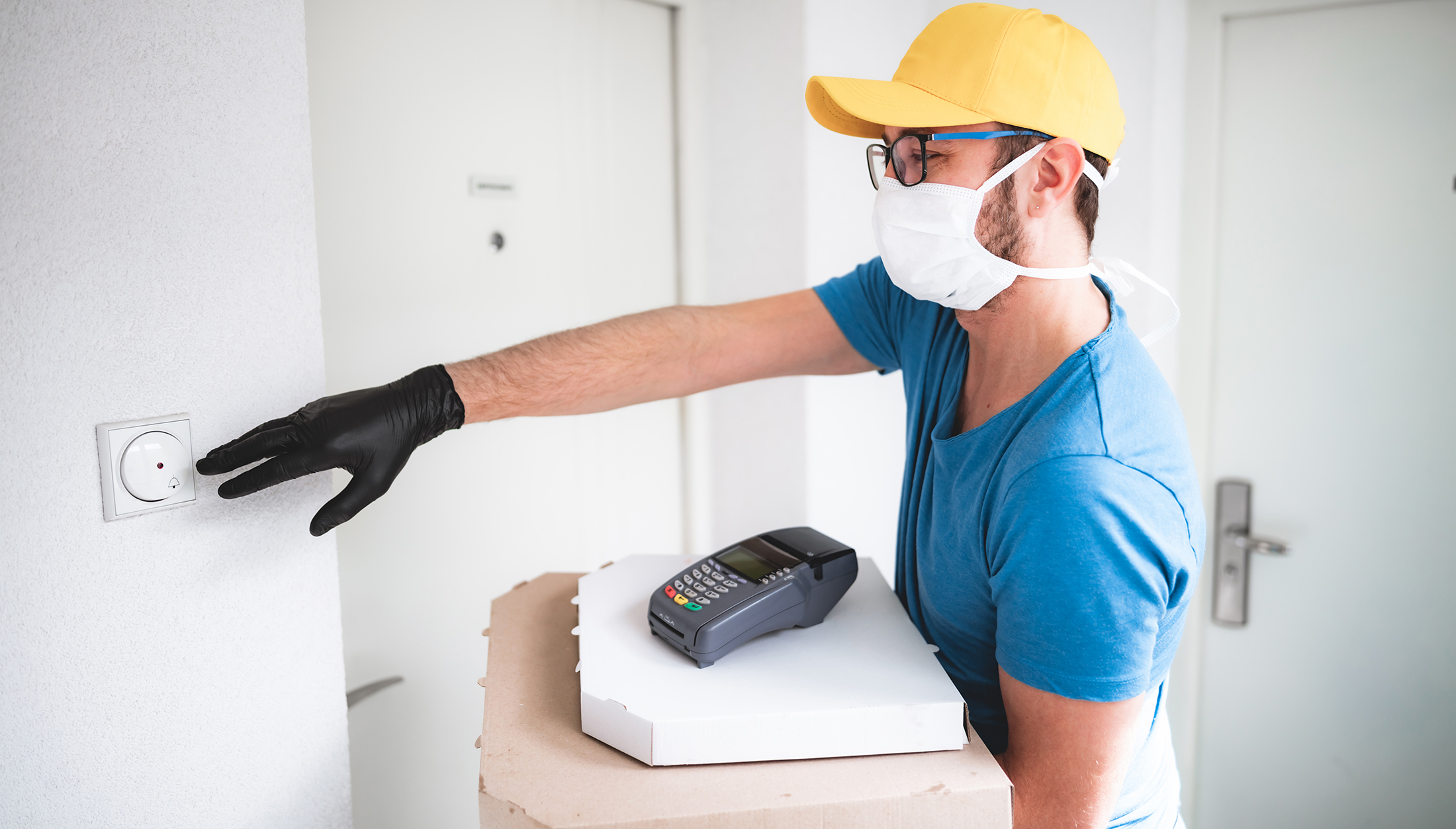
Do Third-Party Delivery Services Benefit Restaurants?
U-M IOE researchers discovered that a restaurant can benefit from partnering with third-party delivery services if at least one of five conditions applies to them.

U-M IOE researchers discovered that a restaurant can benefit from partnering with third-party delivery services if at least one of five conditions applies to them.
COVID-19 has drastically increased the demand for food delivery straight to your door. With the world moving quickly toward delivery services such as Doordash and Grubhub, restaurants must decide how they’re going to keep up in a world with ever-changing policies and demand.
To address this dilemma, Siqian Shen and Cong Shi, University of Michigan Industrial and Operations Engineering (U-M IOE) Associate Professors, worked with Huiwen Jia, a Ph.D. student, and Jorge Alberto Ramirez Garcia an undergraduate student from the University of Monterrey in Mexico who Shen supervised while participating in the 2020 Rackham Summer Research Opportunity Program (SROP) to develop an optimization-based decision-making tool that predicts food delivery demand surges in the restaurant industry.
This tool can calculate if a restaurant would benefit from partnering with third-party delivery services during times of infectious disease when demand behaviors are unsteady.
“At the beginning of the pandemic, we observed a lot of changes in consumer behavior,” Shen said. “When these changes in behavior and traffic flow happen so suddenly, it’s hard for the service providers to adjust. We searched for quantitative ways to understand the situation that would ultimately help both restaurants and delivery service companies to coordinate and share resources.”
Collecting information from restaurants such as the total available budget for delivery, the number of dispatchable drivers, the radius of delivery area, and the radius of all consumer demand allows the tool to calculate what percentage of third-party services restaurants should use.
The tool makes this calculation using a prediction model that utilizes epidemiological compartment modeling and statistical approaches to predict future delivery demand. Then an optimization model solves a stochastic integer program to compute optimal service-sharing decisions.
From the study, U-M IOE researchers discovered that a restaurant can benefit from partnering with third-party delivery services if one or more of the five conditions applies:
The research found that most restaurants will fulfill at least one of the five conditions. Therefore, it is likely that a restaurant will benefit from some collaboration with third-party delivery services.
“We hope that our tool and results can benefit small businesses, transportation and service industries during the pandemic, as well as long-term,” Shen said.
The results of this study were recently published in a Special Issue on Reimagining the Science of Service in a Post-Pandemic World organized by Service Science, a journal published by an Institute for Operations Research and the Management Sciences (INFORMS) journal. For more information about the work, please read the full paper here.
The work is supported by the U.S. National Science Foundation [Grant #CMMI-2041745] and the U.S. Department of Energy [Grant DE-SC0018018]. The team also acknowledges U-M Rackham’s SROP for supporting Jorge Alberto Ramirez Garcia’s summer research with U-M IOE.